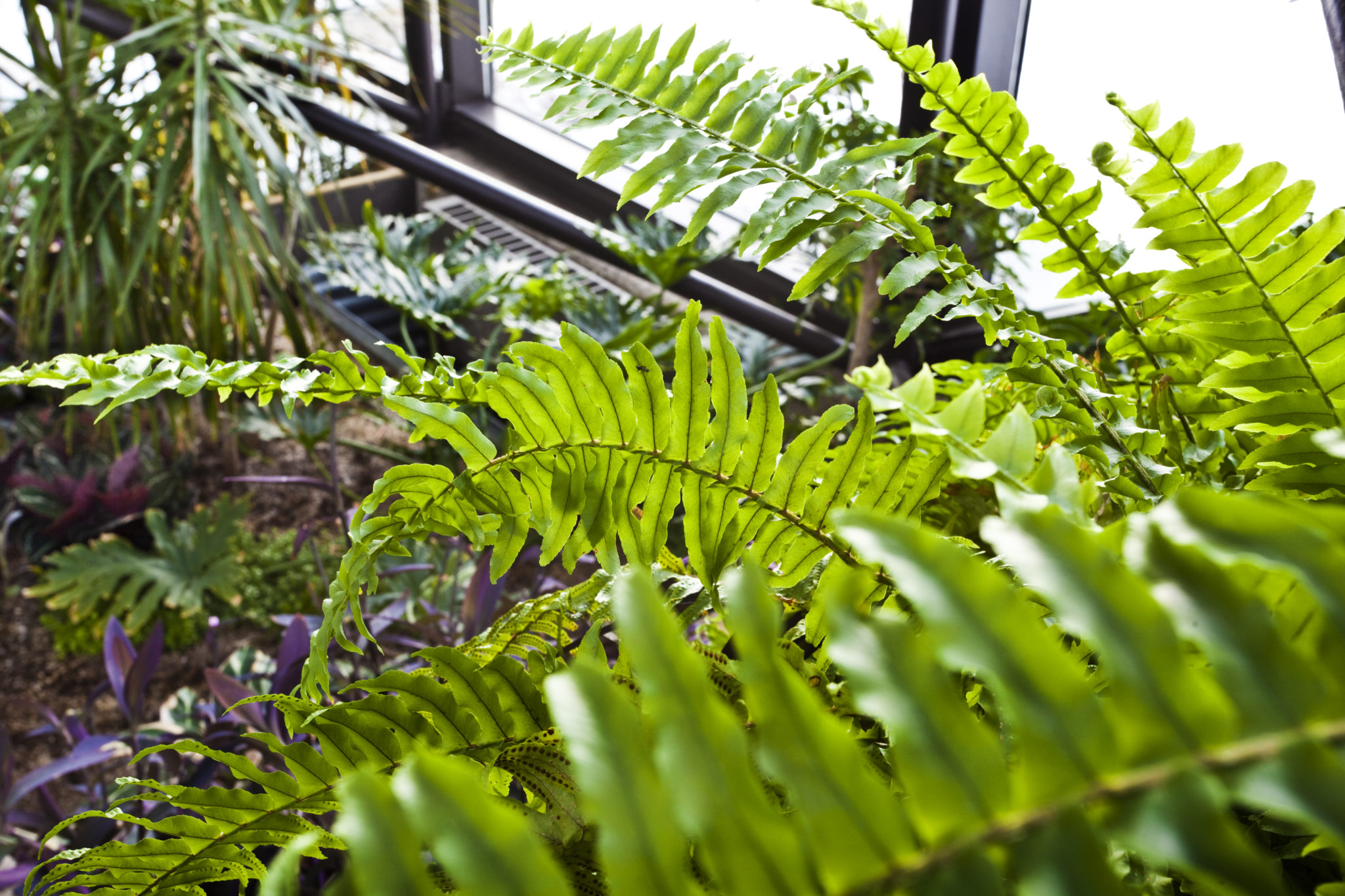Whether you spend summer gardening for food or for fun, there’s satisfaction and plenty of benefits to be gained from digging deep and getting your hands dirty. Gardening creates a deep-rooted connection to the land and unearths a passion for anyone who wants to develop a green thumb. In addition to knowing exactly where your food comes from, growing your own garden is a therapeutic hobby which can fill your home with a sense of accomplishment and home-grown ingredients.
While gardening can be intimidating in the early stages, it’s a continuous experience of research and learning, and includes trial-and-error along the way. With a building full of plants and foodies, our team harvests our venue’s outdoor staff garden. Our garden features bee-friendly plants and a variety of vegetables including tomatoes, lettuce, corn, beans, celery and more. Whether you have several acres or a single windowsill, starting your own garden is a simple step with big rewards.

From our garden to yours, we’ve shared our top tips to grow your own greens:
- Design the space.
- If you’re starting an indoor garden, consider if you prefer a container or hydroponic garden.
- Today’s market offers options for even the smallest of spaces.
- Container gardens allow you to rearrange your plants and move them outdoors.
- Alternatively, a hydroponic garden can produce a lot of plants (typically vegetables) in a small space.
- Evaluate the position of the sun.
- Decide which area will be best in your space by measuring the hours of sunlight in your garden. Buy plants according to your garden’s sun exposure (full sun, part sun, part shade, full shade).
- Full sun – tomatoes, cucumbers, peppers, peas, beans, corn and lavender
- Part sun – spinach, swiss chard, collards, kale and Saponaria
- Part shade – lettuce, arugula, mint, cilantro, broccoli, cauliflower, cabbage and brussels sprouts
- Full shade – carrots, celery, garlic, horseradish, leeks, parsnips and potatoes
- Start small.
- Focus on planting 3-5 veggies to begin your garden.
- Make efficient use of your space by choosing the right plants. If you have a smaller space, you can choose compact plants which still provide plenty to harvest like basil, chard eggplant and hot peppers.
- You may also want to consider a tower garden.
- Bugs are your friend.
- The good ones, like wasps, beetles and moths, boost crop pollination and plant health.
- Plant insect-friendly plants like honeysuckle, sunflowers, cosmos and strawberry in your garden.
- Keep the scraps.
- Your plants love home compost—it’s black gold for your garden!
- Check your local bylaws to verify if composting is allowed in your neighborhood.
- Learn the composting basics from the City of Edmonton.
- Go natural.
- For a chemical and herbicide free garden, use a vinegar solution to kill weeds.
- Blend chili powder and paprika to prevent ant infestation.

Gardening is an easy and fun summer project which helps you connect with your family and your food. Fresh ingredients from your yard are the perfect touch to take your meals to the next level. In addition to saving money on produce, urban gardens add to the city’s permaculture and allow you to spend more quality time with your loved ones—for children, gardening can even be an important learning opportunity.
The next time you’re in need of a mindful space or home-grown inspiration, visit any of our three gardens which includes our staff garden, Community Medicine Wheel Garden or Urban Beehive.
Return to News

